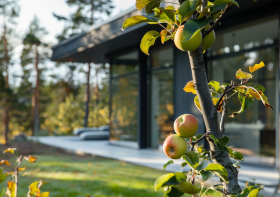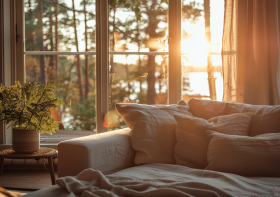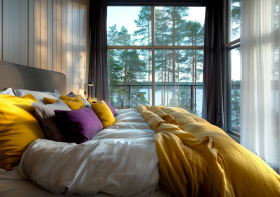Striking the Perfect Balance and Achieving Harmony in Interior Design
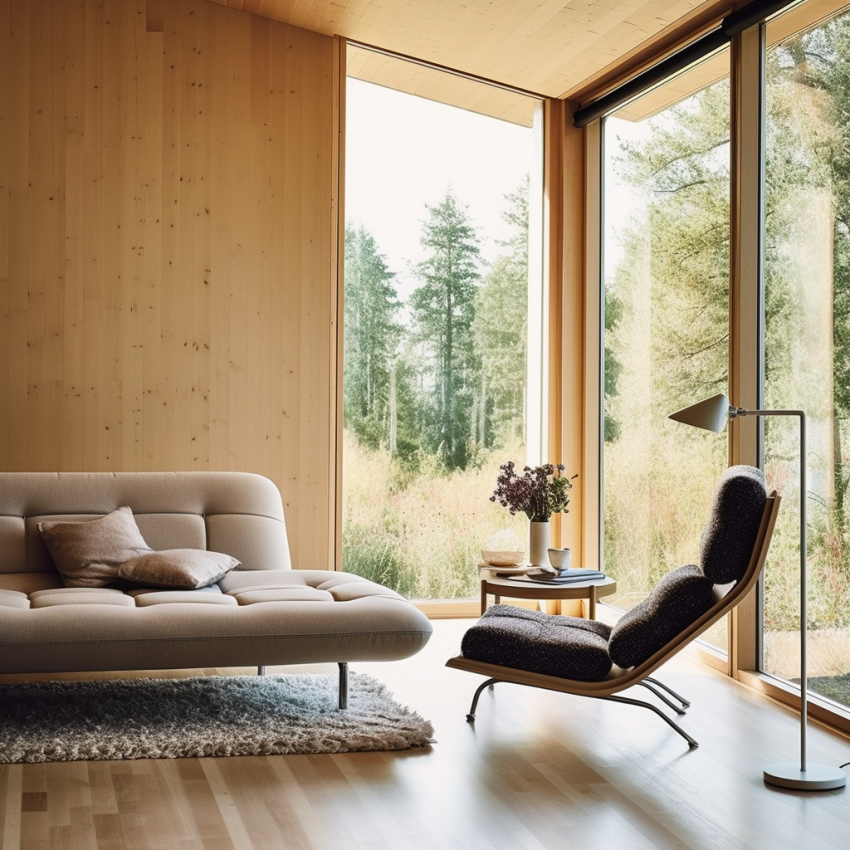
In the world of interior design, achieving balance is the key to creating spaces that are visually appealing and harmonious. Balance in interior design refers to the distribution of visual weight, colors, textures, and elements within a room. It ensures that no single element dominates the space, resulting in a cohesive and well-designed environment.
Balance is the foundation of a well-designed space. It creates a sense of equilibrium, making a room visually pleasing and comfortable to be in. By achieving balance, you can avoid a space that feels cluttered, overwhelming, or disjointed. Whether you prefer a symmetrical or asymmetrical approach, understanding and implementing balance will help you create an environment that feels balanced both visually and energetically.
Symmetrical Balance: Symmetrical balance involves mirroring elements on either side of a central axis. It is a classic approach that creates a sense of order and formality. To achieve symmetrical balance, you can use matching furniture, artwork, or accessories on both sides of a room. This technique is often used in traditional or formal settings and can bring a sense of tranquility and elegance.
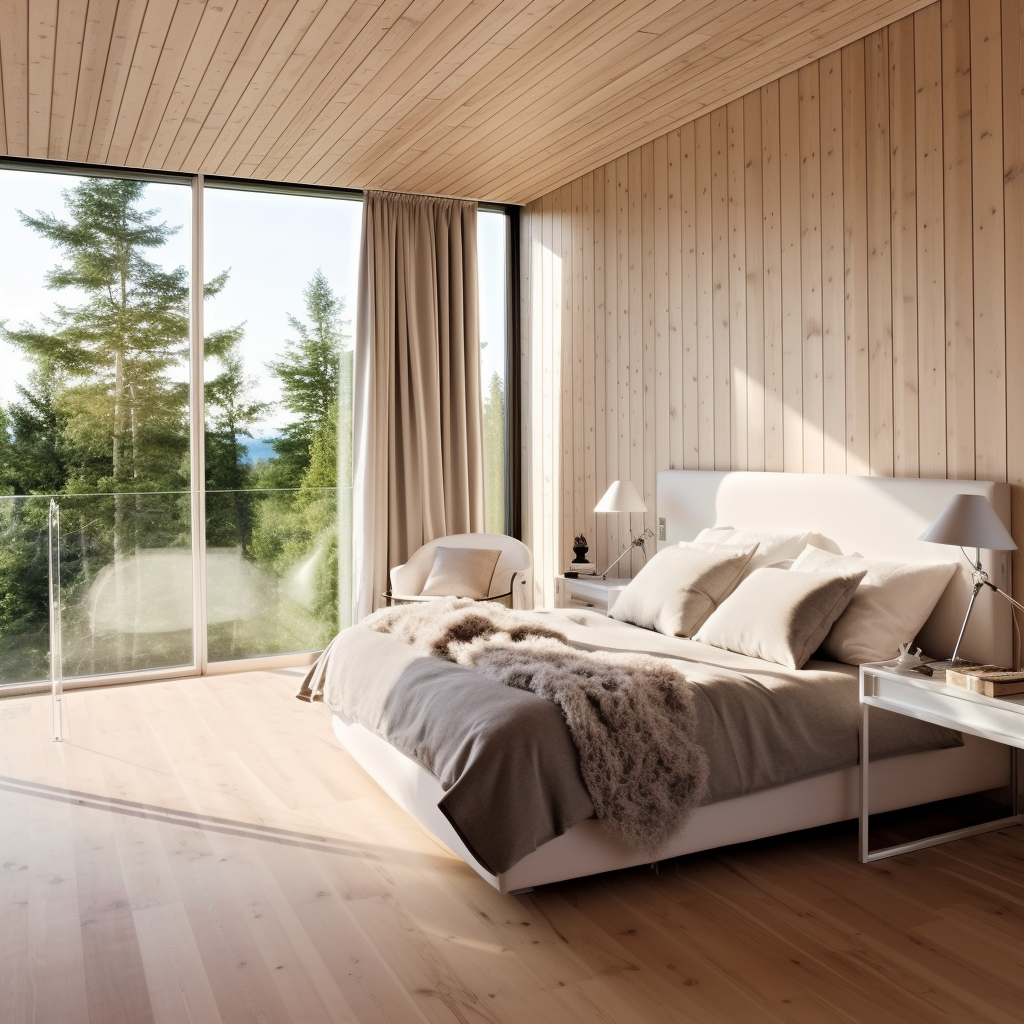
Asymmetrical Balance: Asymmetrical balance, on the other hand, involves distributing visual weight unevenly. It creates a more relaxed and informal atmosphere while still maintaining harmony. Achieving asymmetrical balance requires careful consideration of color, texture, shape, and scale. It involves using different elements to create equilibrium without necessarily mirroring each other. This approach is commonly seen in contemporary and eclectic designs, offering a sense of creativity and uniqueness.
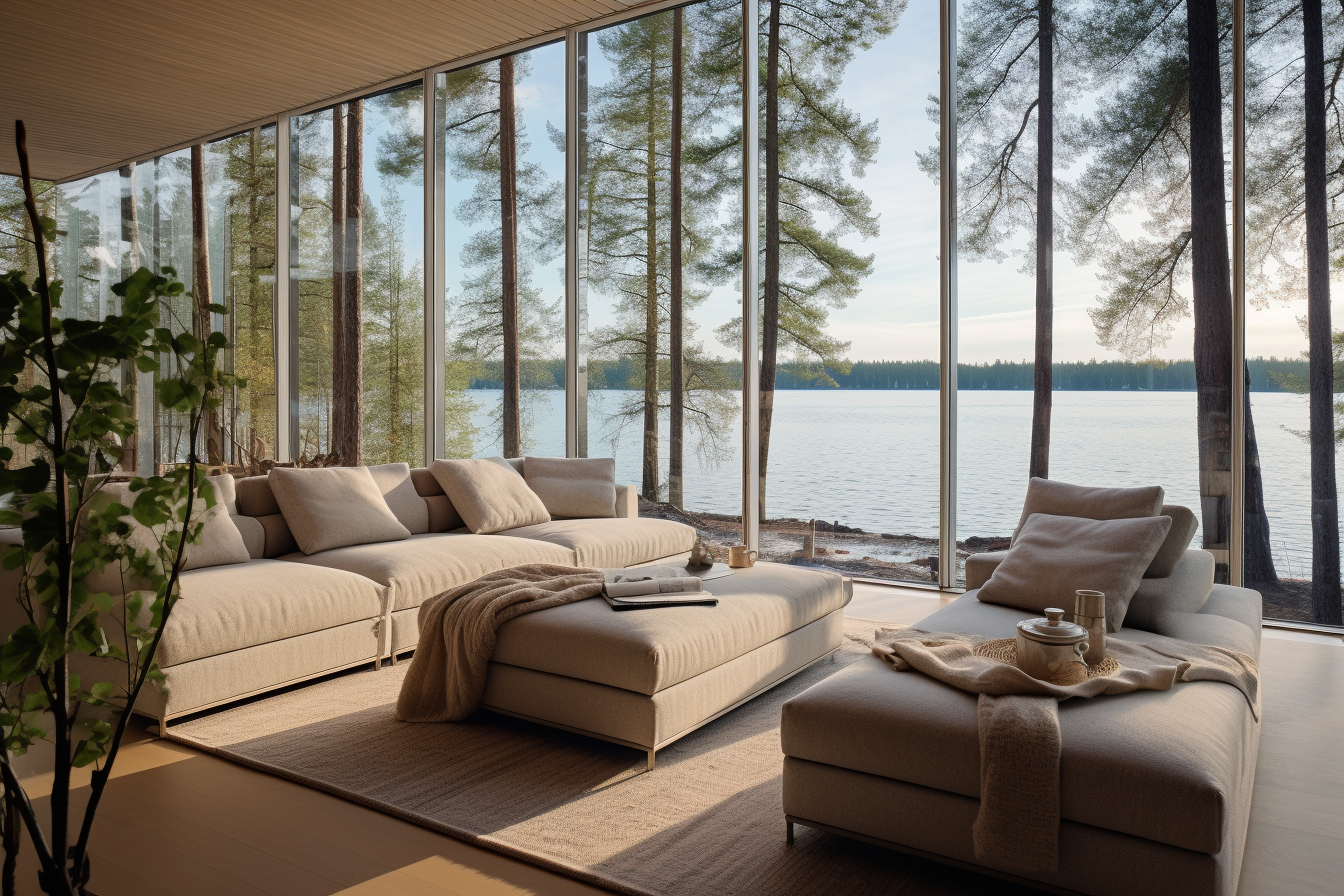
Balance is closely tied to the concept of visual weight and scale. Each element in a room has a visual weight, which can be influenced by its size, color, texture, and placement. For example, a large piece of furniture may have more visual weight than a smaller one. When arranging your space, distribute visual weight evenly to achieve balance. A heavier object on one side can be balanced by several lighter objects on the other side. Similarly, consider the scale of different elements and ensure they harmonize with each other.
Color and texture play a significant role in achieving balance. A well-balanced color palette creates a sense of harmony and cohesion. Choose colors that complement each other and distribute them throughout the space. Introduce pops of color strategically to create focal points and balance the overall composition. Texture also contributes to balance by adding visual interest and depth. Combine different textures, such as smooth, rough, shiny, or matte, to create a balanced and layered effect.
While there are guidelines to achieve balance, interior design is also an art form that allows for personal expression and creativity. Don’t be afraid to experiment and trust your instincts. Balance is subjective, and what feels balanced to one person may differ from another’s perspective. Trust your intuition and make adjustments until the space feels harmonious to you.
Tips on how to use symmetrical and asymmetrical balance effectively in interior design:
Symmetrical Balance:
- Use symmetrical balance to create a formal and structured feel in a space.
- Use identical objects on either side of a central axis to create a sense of symmetry.
- Place larger objects towards the center to create a sense of balance.
Asymmetrical Balance:
- Use asymmetrical balance to create a more relaxed and organic feel in a space.
- Use different objects on either side of a central axis to create a sense of balance.
- Vary the size and shape of objects to create visual interest and balance.

